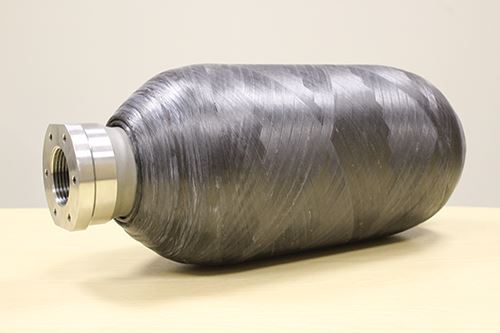Hill Engineering and Engineering Software Research and Development, Inc. (ESRD) have executed a joint marketing agreement to collaboratively promote the combined use of our software tools: Broad Application for Modeling Failure (BAMF) and StressCheck® for fatigue analysis. Continue reading Announcing agreement with ESRD for joint BAMF/StressCheck marketing
Hill Engineering Blog
Propulsion Safety & Sustainment Conference 2020
Hill Engineering will be presenting at the upcoming Propulsion Safety & Sustainment Conference (PS&S) in Denver, CO on April 20th through April 23rd. We invite you to come see us. The mission of this conference is to proactively address or prevent problems with safety, readiness, reliability and sustainment within the tri-service turbine engine fleet, through the transition of existing and emerging technologies. Hill Engineering’s presentation will include a summary of recent work related to predicting residual stress and airfoil distortion from shot peening and laser shock peening. The abstract text is presented below. Continue reading Propulsion Safety & Sustainment Conference 2020
Strain gage in a bottle

A representative composite overwrapped pressure vessel. Image courtesy of CompositesWorld: https://www.compositesworld.com/articles/thermoplastic-composite-pressure-vessels-for-fcvs
We’re putting something in a bottle, and no, it’s not an SOS to the world. It’s a strain gage!
Hill Engineering has recently developed technology to orient and apply strain gages inside a pressure vessel with restricted interior access. Continue reading Strain gage in a bottle
HE Pet Spotlight: Delta

Delta, the dog.
In addition to residual stress, family pets are a special subject here at the office. This year at Hill Engineering, we’re starting a new blog series that highlights our four-legged friends. Don’t think that we forgot about animals with less than four legs, they’re coming up next! To kick things off, let’s meet Delta. Continue reading HE Pet Spotlight: Delta
Residual Stress 101 vlog
Today, we’ve released the newest episode of our vlog: Residual Stress 101. The video is a return to basics, discussing the core of what it is we do here at Hill Engineering.
If you haven’t checked out our YouTube channel, it might be time. Our mission is to post content that helps highlight the capabilities of our organization, so that everyone can see how and why residual stress is important to their manufacturing processes.
Today’s post is a broad overview of what residual stress is, including the several techniques for measuring residual stress found in our lab. Look for future content that delves further into each technique, and contact us if you have any further questions or want to see a video related to something we haven’t discussed.
BAMF version 7.0 release
Following the inputs from our user community, we continue to develop new capability in the Broad Application for Modeling Failure (BAMF) software. We are happy to announce the new version of BAMF (7.0) is now available, which includes several significant enhancements that improve the usability of BAMF and adds to the state-of-the-art capability not available in other fatigue analysis tools. Continue reading BAMF version 7.0 release
2019 Highlights at Hill Engineering
As we move into 2020, we wanted to reflect on some of the highlights from the past year at Hill Engineering. We’d also like to take a moment to say thank you to all of our customers, collaborators, and supporters. We couldn’t do this without you. Continue reading 2019 Highlights at Hill Engineering
Social Events 2019 recap
This year has been filled to the brim with social events for Hill Engineering. From our company picnic to camping at Lake Tahoe to the ever popular “Board Games Night”, there was fun to be had by everyone. Continue reading Social Events 2019 recap
Case Study: cold hole expansion process modeling
Cold hole expansion (Cx or cold expansion for short) of fastener holes is a technique that has been widely used in the aircraft industry to improve the fatigue performance of structural components. The cold hole expansion process introduces compressive residual stress near the vicinity of the hole that slows crack growth and can significantly improve fatigue performance. Continue reading Case Study: cold hole expansion process modeling
New publication – An Uncertainty Estimator for Slitting Method Residual Stress Measurements Including the Influence of Regularization
Hill Engineering recently published new research detailing our efforts to quantify uncertainty for slitting method residual stress measurements. This new approach provides a more accurate estimate of the measurement uncertainty associated with the slitting method, which is very helpful for probabilistic performance assessments. The paper is titled An Uncertainty Estimator for Slitting Method Residual Stress Measurements Including the Influence of Regularization and appears in Experimental Mechanics. The abstract text is available here along with a link to the publication. Continue reading New publication – An Uncertainty Estimator for Slitting Method Residual Stress Measurements Including the Influence of Regularization
